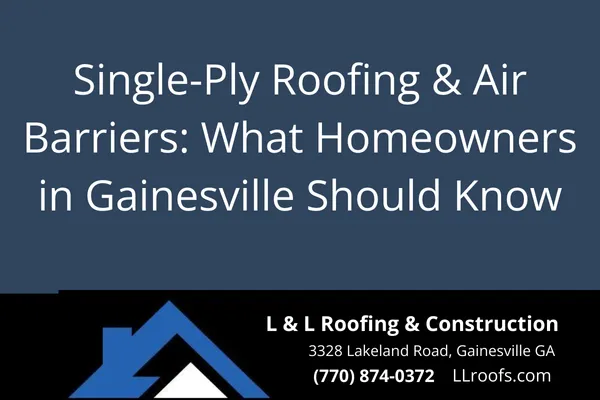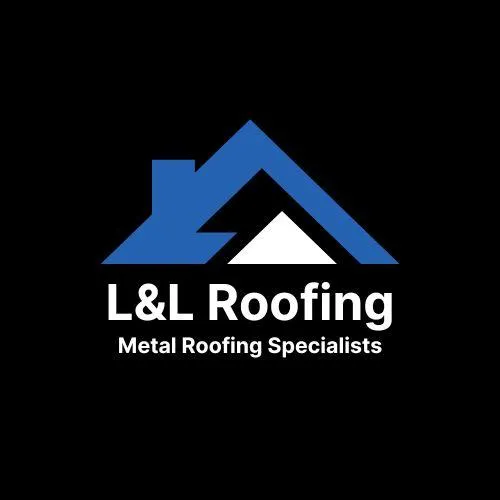
Single-Ply Roofing & Air Barriers: What Homeowners in Gainesville Should Know
Single-Ply Roofing & Air Barrier Integration
What Gainesville Homeowners Need to Know About Better Roof Performance
If you’re looking into a flat or low-slope roof system for your home or garage in Gainesville, chances are single-ply membranes like TPO or EPDM have come up. These systems are known for durability and energy savings—but there’s one crucial detail many roofers overlook: air barrier integration.
Let’s break it down clearly and practically.
What Is a Single-Ply Roofing System?
A single-ply roof system is a flexible membrane (usually TPO, PVC, or EPDM) that’s laid in one sheet across your roof’s surface. Unlike built-up roofs or asphalt systems, these are lighter, faster to install, and offer great reflectivity—especially helpful in Georgia’s heat.
Why Homeowners Choose Single-Ply:
UV-resistant
Lower energy bills
Fewer seams = less leak risk
Compatible with flat roofs and modern designs
What’s an Air Barrier—And Why Should You Care?
An air barrier keeps outside air out and conditioned air in. When installed correctly, it prevents:
Moisture intrusion into insulation
Mold growth in your roof assembly
Heat loss in winter or gain in summer
Pressure imbalances that can pull in humid Georgia air
Think of it like sealing your attic—just for your roof system.
Why Integration Matters: Roofing + Air Barriers
Installing a single-ply membrane without coordinating the air barrier can lead to condensation, blistering, or even membrane failure over time. According to leading codes like the 2021 International Building Code, continuity between air barriers and roof membranes is not just good practice—it’s required for performance.
Proper integration ensures:
The membrane stays bonded
Insulation performs as designed
No air sneaks into critical joints or wall transitions
At L&L Roofing, we inspect all transitions between the wall, roof deck, and parapets to ensure your system is sealed tight.
Our Approach at L&L Roofing (How We Do It Right)
When we install single-ply roofing in Gainesville or surrounding areas like Buford, Flowery Branch, or Dawsonville, we take the following steps:
Substrate Check: We inspect for flatness, cleanliness, and dryness before any membrane touches your roof.
Air Barrier Tie-In: We ensure the roof's air barrier aligns with wall assemblies—especially at changes in elevation.
Secure Flashings: Penetrations like vents or skylights get properly sealed with compatible flashing systems.
Ventilation Review: We assess attic and interior ventilation to reduce trapped vapor issues.
Our mission? Do it once, and do it right.
FAQ
How long does a single-ply roof last in Georgia?
With proper installation and air barrier integration, a TPO or EPDM roof can last 20–30 years.
Does my roof need an air barrier?
If your home is tightly sealed or you're adding insulation, yes. It helps prevent interior air from reaching cold surfaces—where it could condense and damage materials.
Will this improve my energy bills?
Absolutely. Air barrier continuity minimizes heat transfer and uncontrolled air leakage, leading to lower HVAC usage year-round.
Want peace of mind with your flat roof installation?
📞 Call L&L Roofing & Construction today at (770) 874-0372
We serve homeowners in Gainesville, Dahlonega, Oakwood, and beyond with faith-driven, code-compliant, and quality-focused roofing solutions.

